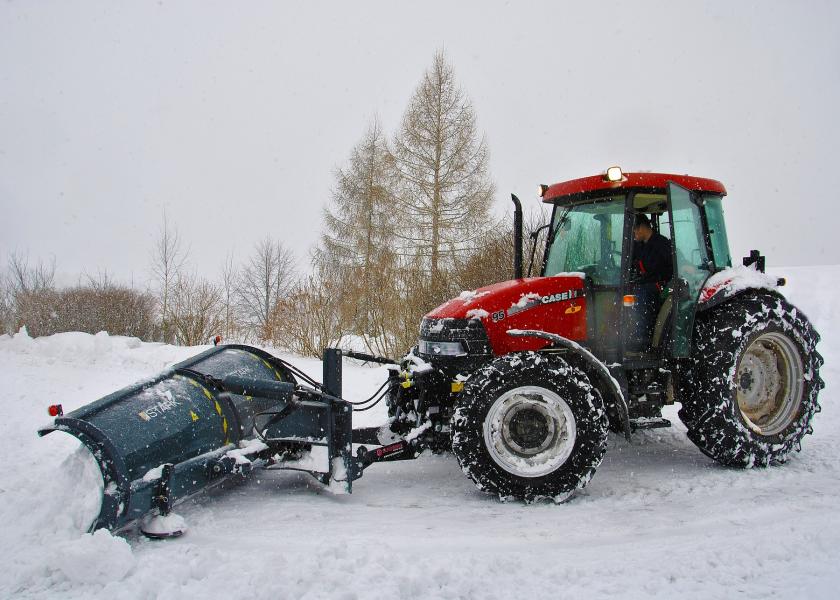How Will Winter Storms Impact the Pork and Beef Supply Chain?

Winter storms across the country have resulted in significant pork and beef supply disruptions in terms of livestock moving to processing plants as well as beef and pork moving to population centers, Steiner Consulting reports in its latest Daily Livestock Report.
“The impact from such events is difficult to discern as they are happening, it impacts both the supply side of things but it is also important to consider the potential demand effects down the road,” says Altin Kalo, chief economist at Steiner Consulting.
Hog Market
Hog slaughter in the first three days of the week ending Jan. 12 was about 9% below expectations. Kalo notes that pork cutout during this period traded largely sideways, but there is a lot of volatility in the value of specific primals and trim. On Jan. 10, the cutout saw an uptick in the afternoon, rising close to $87/cwt but Kalo says it’s likely to pull back by the end of the week as supply recovers.
“Probably the most significant increase in pork has been for bellies and trim,” he says. “On Jan. 10, the value of the belly primal was 17% higher than the previous week while gains for other primals were somewhat more muted. This underscores, once again, what we see as critical for the pork market going forward ‐ bellies hold the key, especially in the spring and summer months.”
As for futures, Kalo points out that fed cattle have traded sideways, in part because of the implications of reduced marketings at a time when front end supply (cattle ready for marketings) remains heavy.
“The higher cutout does not help cattle as much as it does hogs, which are pricing in part based on cutout. Yes, a higher beef cutout helps improve packer margins, but as last year showed, the most significant important bargaining tool for feedlots is a current supply,” Kalo says.
Cattle Market
According to USDA, cattle slaughter during the first three days of the week was 282,000 head, for a daily average of 94,000 head. In December, total cattle slaughter during the week day averaged around 124,000 head/day.
“Most of the impact was in fed cattle processing as the plants idled by the extreme weather process fed cattle. Average fed
cattle slaughter in the first three days of the week was 69,000 head/day compared to 98‐99,000 head per day routinely processed in December,” Kalo says.
How does this shortfall impact the market?
“In the near term, the disruption limits spot availability, especially for items that see robust sales during this time of year, such as ground beef and end cuts,” Kalo says.
On Jan. 10, the choice beef cutout was quoted at $283.07, $5 higher or 2% higher than the previous week and it’s expected to continue to move higher through the end of the week. Meanwhile, the chuck primal in the past week has gained 5.4% and the round primal was up 4.9%. Ground beef prices and beef trim values have been higher as well, Kalo notes. Fat beef trim tends to have a very inelastic demand in the near term, with a broad base of fresh users and a significant supply contracted.
“When daily production drops below a certain level (down 40% in the first three days of the week), it can result in significant upward pressure. Last week the average of 50CL boneless beef averaged around 55 cents a pound. On Wednesday afternoon the price had jumped by 35% and it may see even more upside in the next few days. With fat trim accounting for about 10% of the carcass, the jump in fat trim credit values is especially significant,” he explains.
Read the Daily Livestock Report here.







